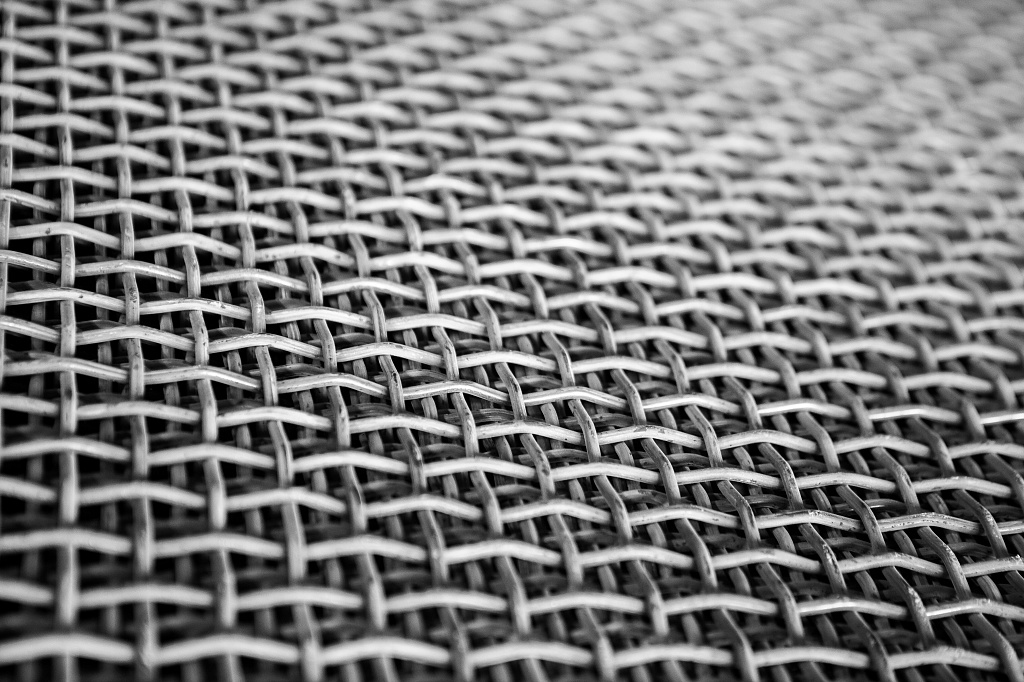The conveyor (transporter) is a continuous equipment, the purpose of which is to transport various objects and cargo.
This mechanism is the main and integral part of any production, it radically facilitated the stage of assembly of complex products, and in fact earlier it required high qualification and experience of workers. Very often in production along with the conveyor assembly additional machines or workers are used, for a more practical assembly. Thus, the cargo passes from one worker to another, thereby dividing labor and automating the production process.
The conveyor consists of a driving force (drive) that is associated with moving parts and the body. The part that delivers the unloaded items can be called a working surface. Depending on the cargo being moved, the machines are divided into the following types:
- Servers. They transport objects that need to be packed or assembled.
- Offtake. On such conveyors already finished products are moved.
Depending on the direction of the conveyor are vertical, horizontal, inclined.
Types of conveyor construction
The main indicators for determining the type of mechanism are the distance and type of objects being moved. For example, a belt conveyor is used to transport piece and bulk cargo.
- The first and most common is a screw conveyor (auger). It is used in construction, for transportation of loose, dusty, powdered cargo, in any direction. This mechanism is very easy to use, convenient and practical, but it is not desirable to transport sticky, viscous items, as well as loads with high density.
- Band conveyer. The working surface of this conveyor is a belt through which a single or bulk cargo is transported. Most often it can be used in industrial production, it is part of a larger equipment (for example, a grain loader). For safe transportation it is important to ensure the purchase of a quality belt that will help optimize the process and minimize losses.
- Suspended conveyor. Intended for intra-shop moving, both piece objects, and objects with containers. Usually, it is represented as a chain or rope, which moves along the ceiling, and accordingly the weight is suspended on it.
- Plate conveyor. Moves cargo on steel plates, which are attached to the chain link. This machine is especially famous for its reliability.
- Scraper conveyor. The most important difference from the other types of conveyors, this is its unique workforce, which is located from the bottom. Transportation of goods here is carried out on a stationary grill with the help of scrapers. It is often used to move rocks.
- Trolley conveyor. In this mechanism, the cargo is transported by special carts. Most often used in metallurgy, mechanical engineering and for the automation of various processes.
Working conditions of the conveyor
For normal and full-fledged operation of the conveyor, many factors need to be considered:
- The main factor is, of course, the scope and type of production;
- Normal operation of any mechanisms depends on the composition, temperature, weight, dimensions and type of cargo;
- And though, conveyors have facilitated the assembly process, the organization of the workforce also plays a role in their normal functioning.
 Русский
Русский English
English




